This Week At Angama #27
8 August 2018 | This Week at Angama | Adam Bannister

Determined to draw the focus away from the river crossings, the lions of the Mara took centre stage this week. The abundance of prey is providing a time of plenty on the grassy plains and giving me the opportunity to be a little more creative with my photography in This Week at Angama.

This week as many as five mating pairs of lions were found in the Mara Triangle. 110 days from now and we could have a lot of cubs running around. Here I was able to get exceptionally low to capture the intense interaction between Kapuli (the largest coalition member in the Salt Lick area) and a female from the Sausage Tree Pride. [f 5.0, 1/800, ISO 400, +0.33]
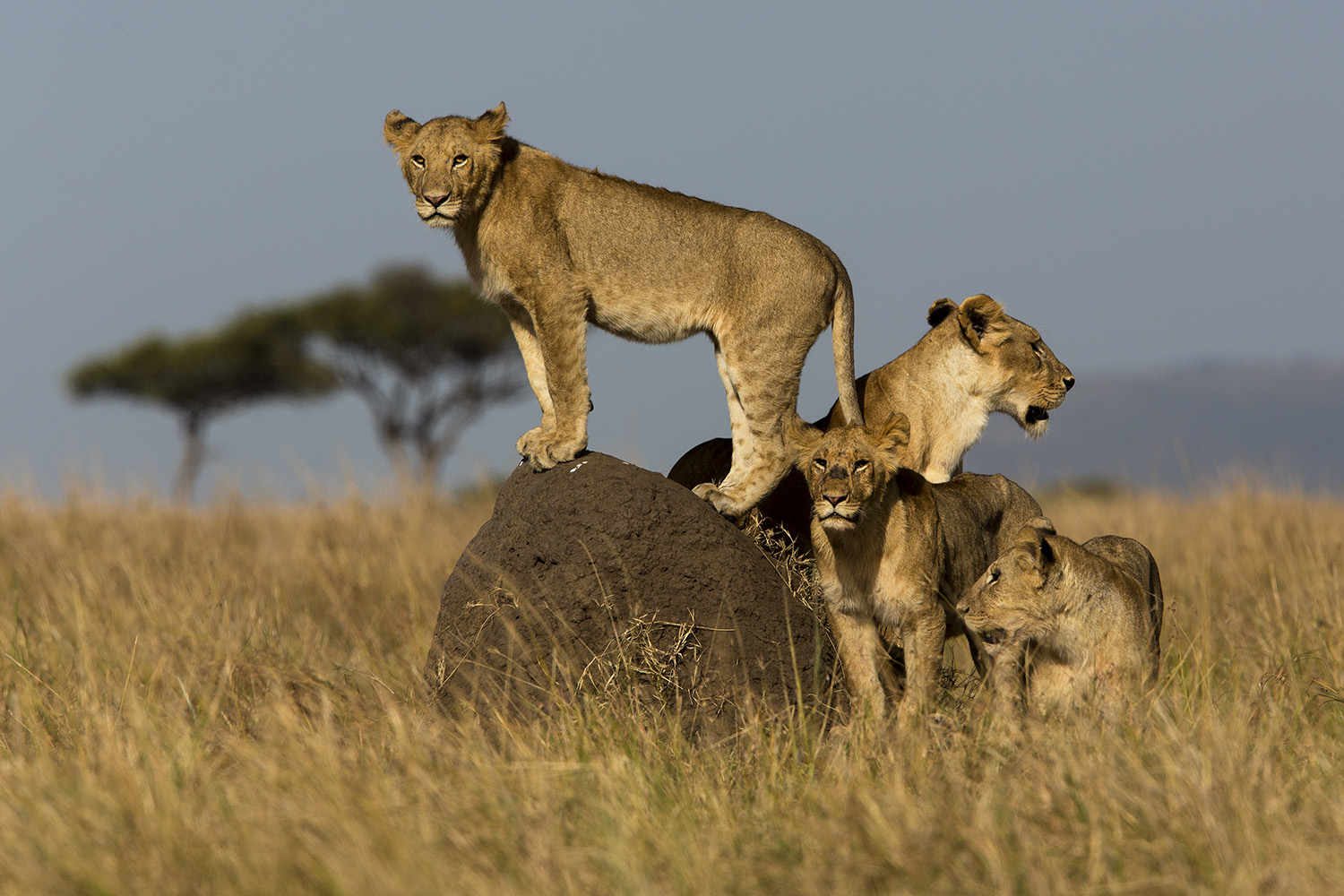
I just love it when a plan comes together. Finding some of the Angama Pride walking through the long golden grass in the morning light I gambled and drove ahead. Positioning my car in front of a termite mound I waited. Minutes later they arrived and all scrambled up the mound for a view. I pressed the shutter… [f 7.1, 1/2500, ISO 250, -0.33]
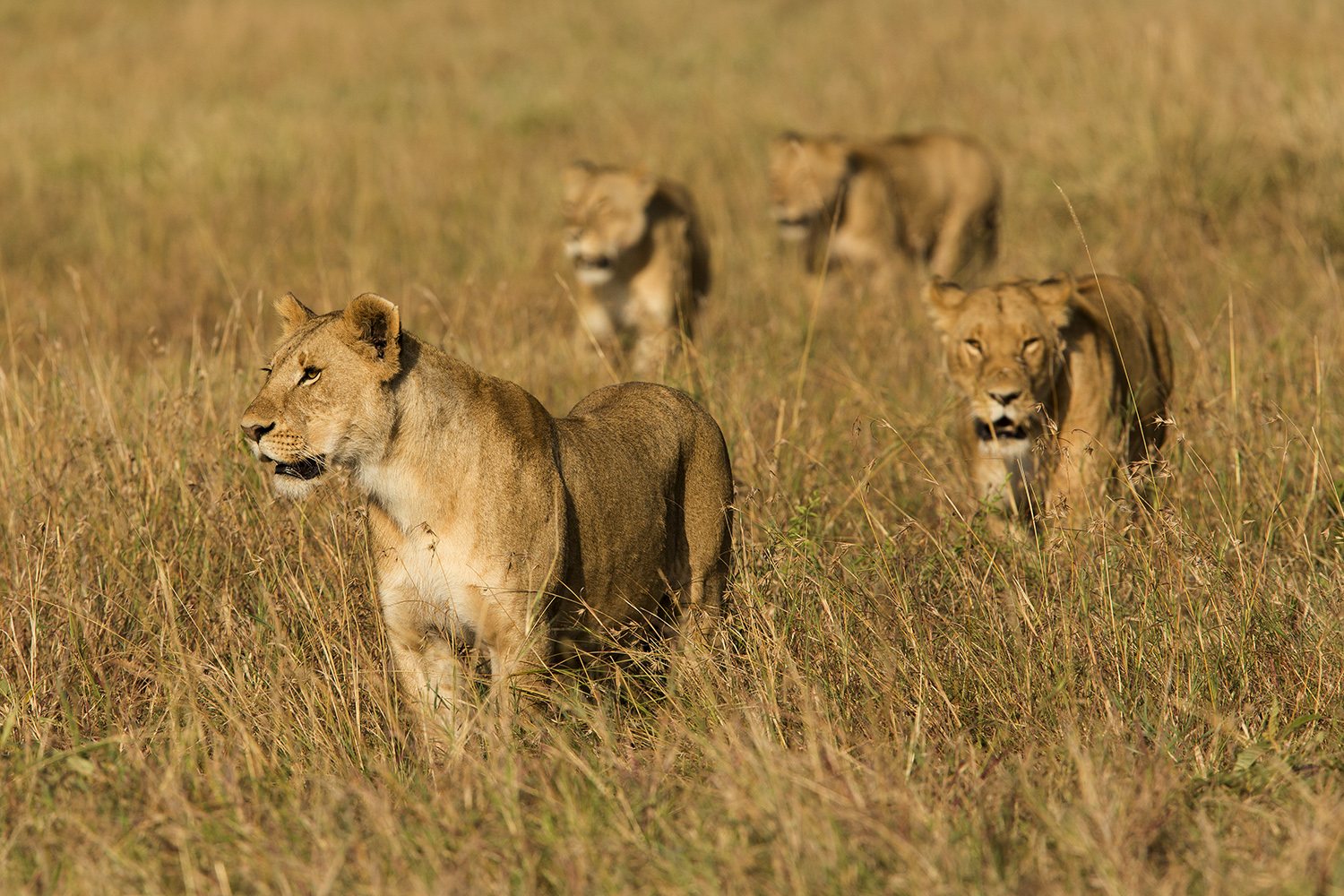
It is never easy to photograph lions walking towards you. Focusing has to be set on continuous and you have to track with them as they move. The Owino Pride move towards the distant sounds of thousands of wildebeest. [f 8.0, 1/1250, ISO 400, +0.33]

Believe it or not there are five photographs stitched together here. I thought it a good method to try to showcase the sheer magnitude of the wildebeest numbers that are currently pouring into the Mara. [f 9.0, 1/640, ISO 250]
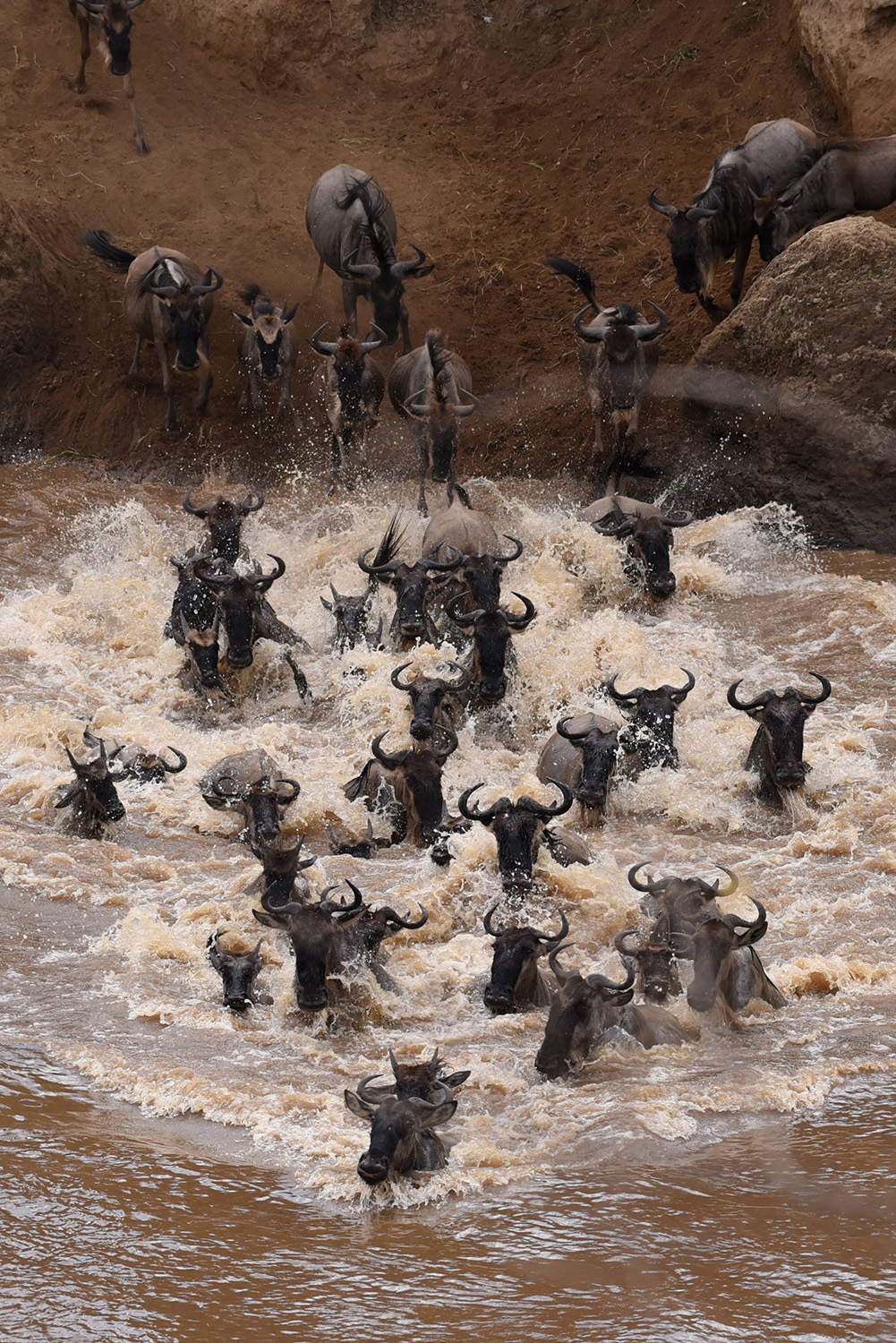
The Great Migration is now truly upon us. Our guests are out each day scouring the various river crossing points in the hope of witnessing one of the marvels of the natural world. [f 5.6, 1/1250, ISO 640]

The time of plenty. River crossings are dramatic and often end in death. But when one animal perishes so many others feast and thrive. [f 6.3, 1/500, ISO 250]
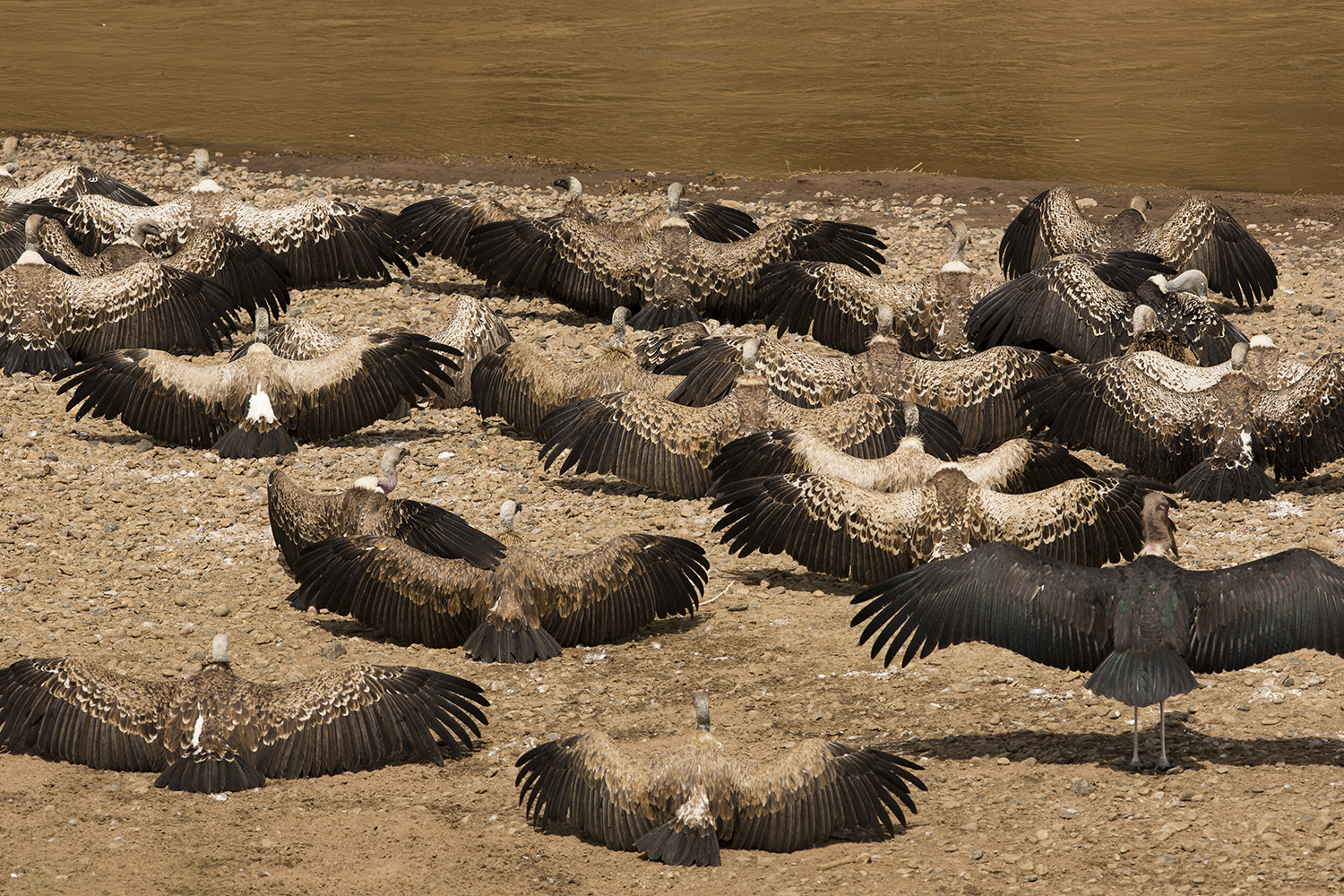
After glutting on the washed-up carcasses a wake of vultures open their wings to burn off the parasites in their feathers. [f 6.3, 1/1250, ISO 250]

Visitors to the Reserve are still getting up close and personal with the gentle giants. [f 9.0, 1/160, ISO 800, -0.33]
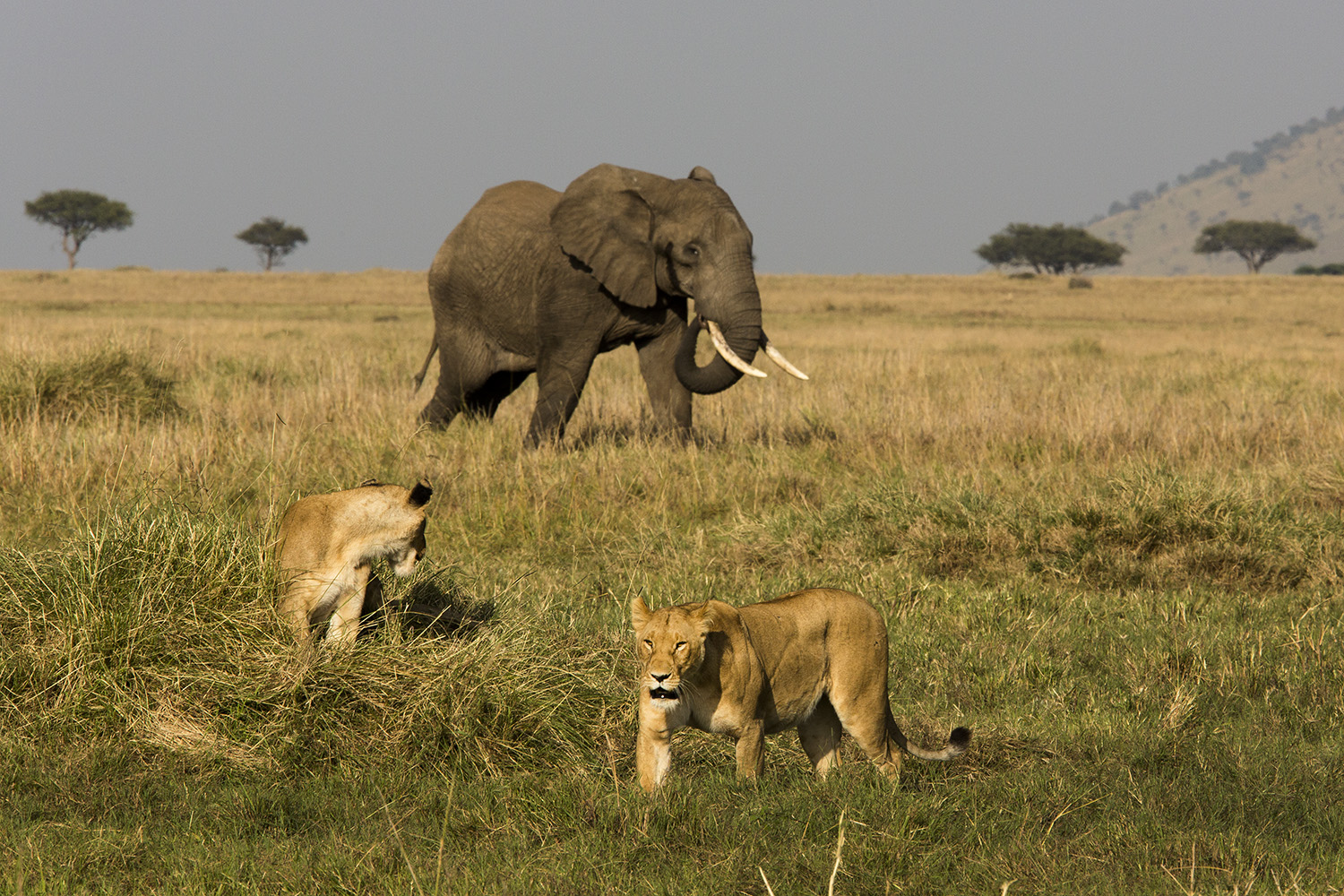
It’s not just safari goers who get up close to the elephants. Here, members of the Owino Pride are forced to move away from an approaching bull. Notice the very small aperture (f/20) needed to get the deep depth of field. [f 20.0, 1/320, ISO 500, -0.33]
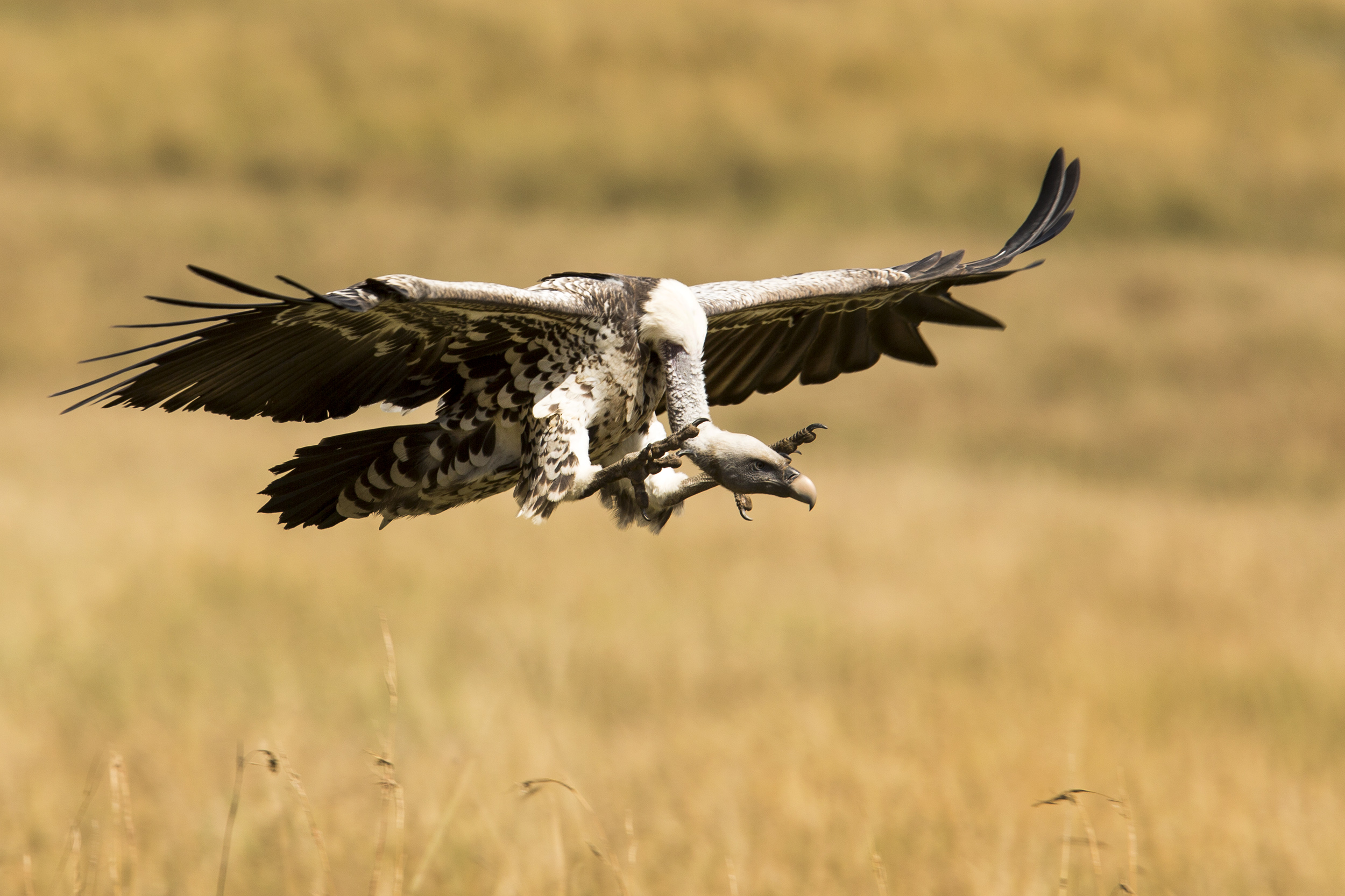
My favourite photographic challenge is vultures in flight. I love the way they land and the speed at which they swoop in. Here I caught the action well, but was not able to get perfect sharpness. The reason: my shutter speed was too slow. At 1/640 I was always going to be struggling. My own rule of thumb for birds in flight is to aim for 1/2000 or faster. [f 6.3, 1/640, ISO 125, +0.33]

By no means a great photo, but very special all the same. Look closely in the background and you will see the hidden face of a male leopard. We watched him for nearly two hours as he slowly stalked a mixed herd of herbivores. [f 9.0, 1/1000, ISO 500]
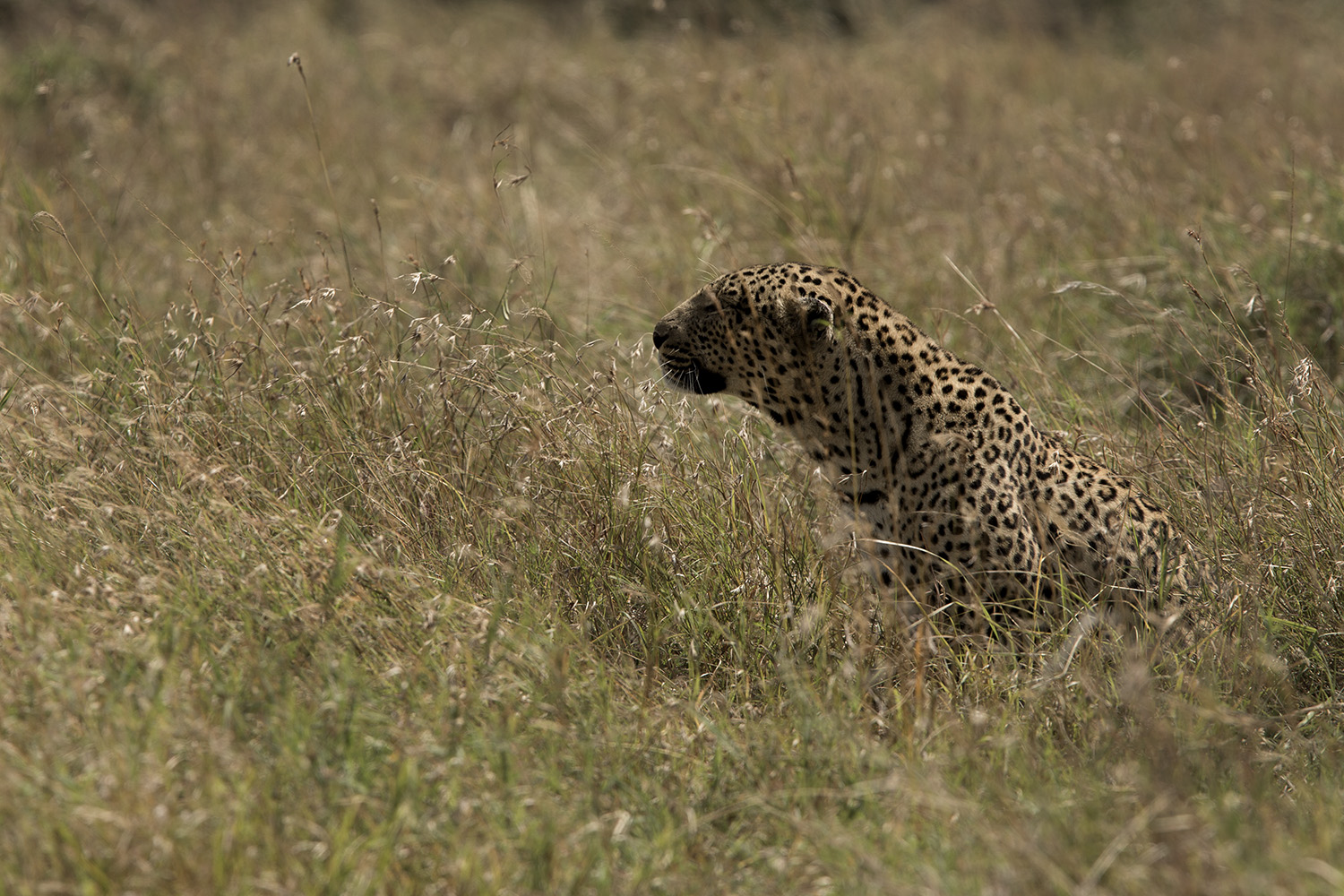
Sadly, for him at least, he was not lucky on this occasion. We edged closer little by little until we had a fantastic view of the leopard we affectionately call the Shepard Tree Male. [f 7.1, 1/400, ISO 125, -0.33] (desaturated in post)

It seems like this young male cheetah has recently been forced by his mother to make it on his own. For the last few days we have seen him wondering around alone and rather sad looking. We wish him well. [f 6.3, 1/500, ISO 200, +0.33]
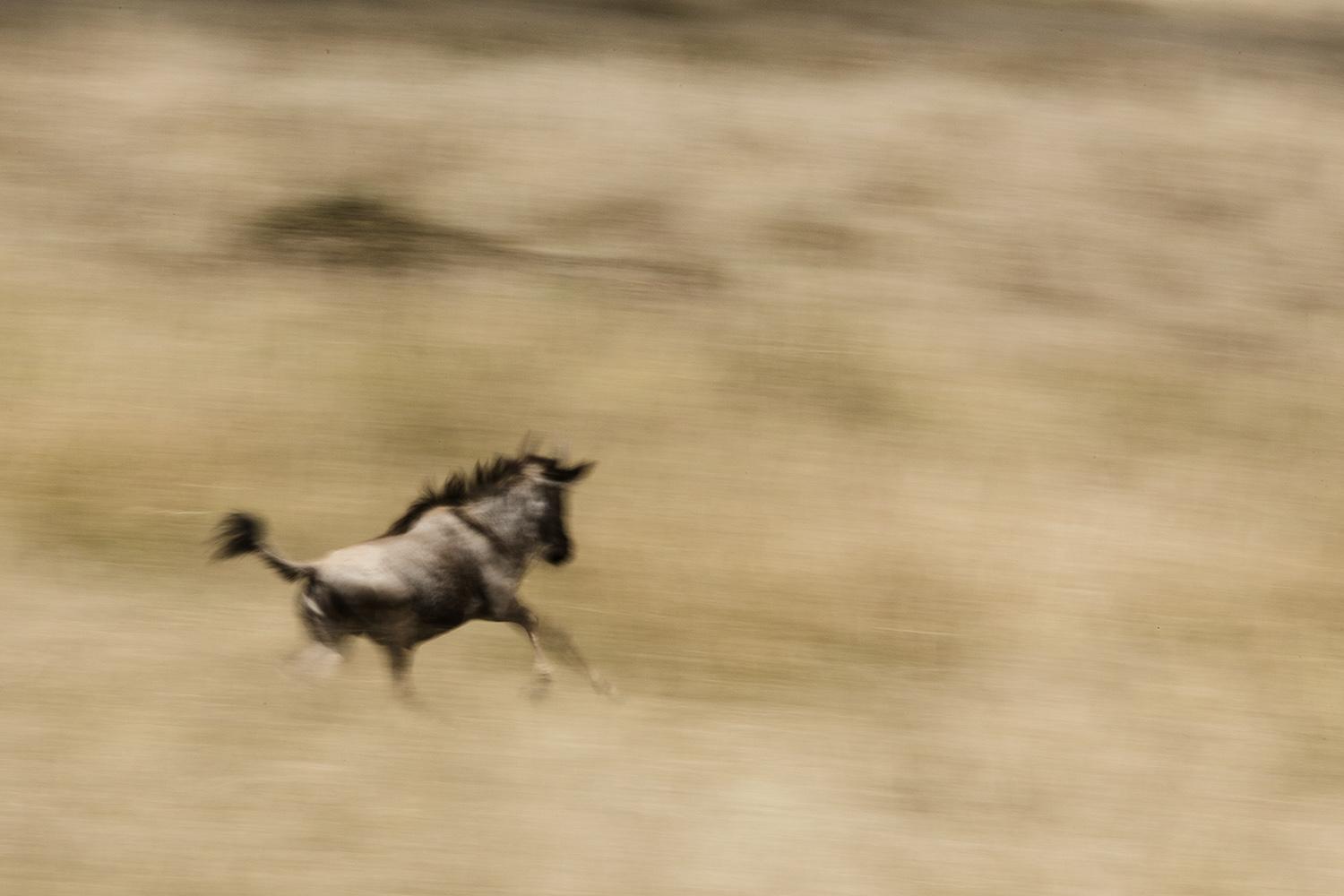
Here I have used a technique known as panning. Essentially you slow the shutter speed down and pan, or move, with your subject, firing off a series of photographs. Ideally you need to move at the exact same speed as the subject to get the subject in focus and the background blurred. [f 45.0, 1/30, ISO 400, +0.33]

This is a technique I will be working on for the next few months – the zoom blur. Essentially zooming out (or in) whilst taking a photograph. It is exceptionally difficult to get this correct and requires lots of patience and practice, but the result is something fun, creative and unusual. [f 6.3, 1/500, ISO 200, -2]
All photographs taken by Adam Bannister.
TAGGED WITH: Wildlife, Photography, Maasai Mara, Safari, Migration, Great Migration, Wildlife Photography



COMMENTS (3)
Francis Bagbey
August 10, 2018Very jealous of your talents!
REPLYI’m not a good photographer but just curious why you didn’t happen to have a faster shutter speed for that picture of the descending vulture? Just had to shoot with what you had at that particular moment? No time to make an adjustment?
Thanks as always for your beautiful photos!
Adam Bannister
August 20, 2018Hi Francis. Thanks for the comments and for following the weekly picture updates. Your question with regards to the vulture and shutter speed. It all happened so fast that I was not able to adjust the camera perfectly. Ideally I needed to open the aperture a little bit more to allow in more light and possibly even raise the ISO slightly to make the camera’s sensor more sensitive to light. Both of these small adjustments would have helped increase the shutter speed. Hope this helps.
REPLYFrancis Bagbey
August 10, 2018And having said that but looking at the photo again, seems to me you caught the vulture perfectly, so hard for me to imagine what better sharpness would have added.
REPLY